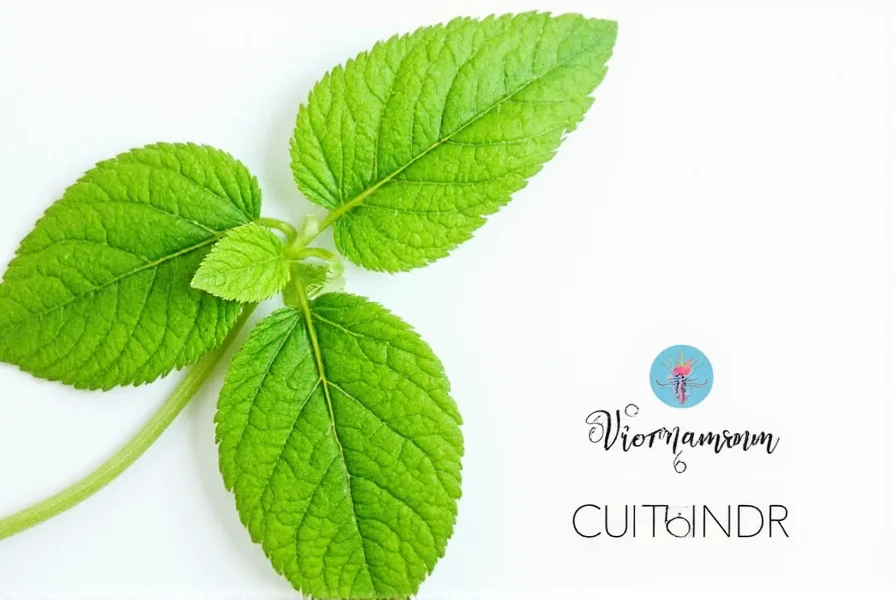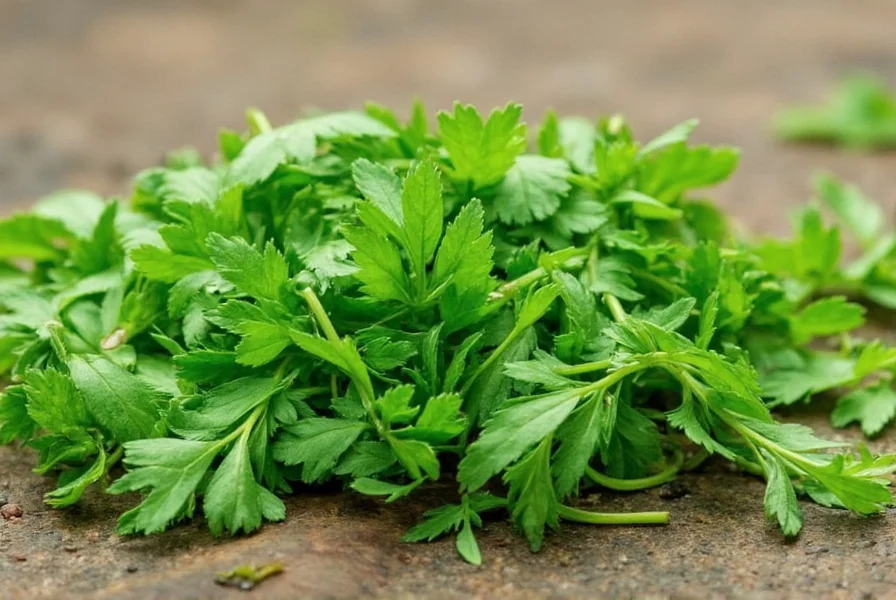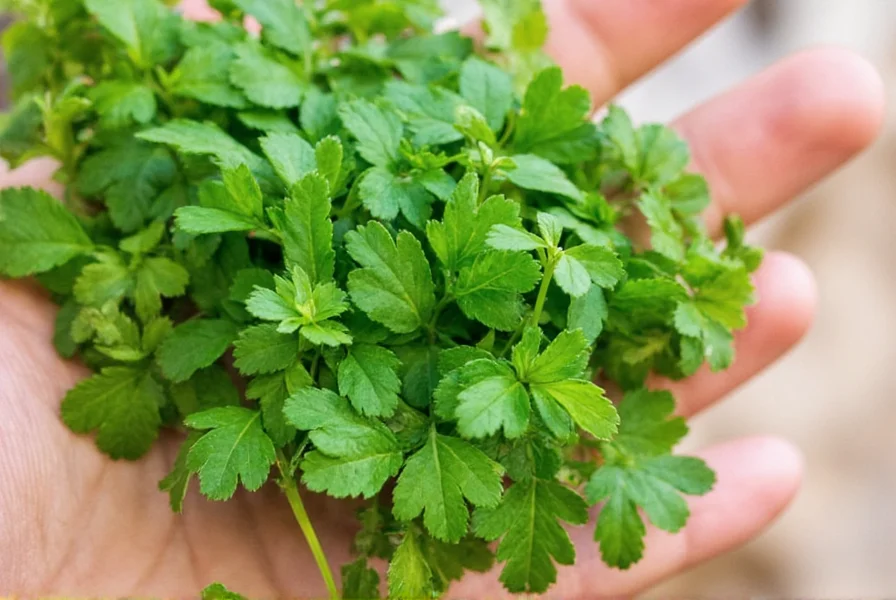Vietnamese coriander stands as a culinary cornerstone across Southeast Asia, offering a unique alternative to traditional cilantro that maintains its flavor even when cooked. This resilient herb bridges the gap between garden and kitchen with remarkable versatility, providing home cooks and professional chefs alike with a reliable flavor component that withstands high temperatures where cilantro would wilt.
Identifying Vietnamese Coriander: Physical Characteristics
Vietnamese coriander features lance-shaped leaves with distinctive pink veins running diagonally across the surface. The leaves grow in a rosette pattern from a central stem, reaching 6-12 inches in height. Unlike cilantro which produces lacy, delicate leaves, Vietnamese coriander has thicker, more substantial foliage with a slightly fuzzy texture. When crushed, the leaves release a potent aroma blending notes of cilantro, pepper, and a subtle citrus undertone.

Flavor Profile and Culinary Applications
The flavor of Vietnamese coriander delivers a more intense, complex experience than regular cilantro. While cilantro offers a bright, citrusy note, Vietnamese coriander provides a peppery kick with earthy undertones that remains stable during cooking. This heat stability makes it invaluable in hot dishes where cilantro would lose its character.
Chefs across Vietnam incorporate this herb into numerous signature dishes:
- Essential in bun rieu (crab noodle soup) for its distinctive flavor
- Added to banh xeo (sizzling pancakes) for freshness
- Used as a key component in goi cuon (fresh spring rolls)
- Stirred into dipping sauces for grilled meats
- Chopped finely for seafood salads
Vietnamese Coriander vs Cilantro: Key Differences
| Characteristic | Vietnamese Coriander | Regular Cilantro |
|---|---|---|
| Botanical Name | Persicaria odorata | Coriandrum sativum |
| Heat Tolerance | Thrives in heat, doesn't bolt | Bolts quickly in warm weather |
| Flavor Stability | Maintains flavor when cooked | Loses flavor when heated |
| Leaf Structure | Thick, lance-shaped with pink veins | Delicate, lacy, uniform green |
| Lifespan | Perennial in tropical climates | Annual, short-lived |
Growing Vietnamese Coriander Successfully
For gardeners seeking reliable herb production in warm climates, Vietnamese coriander presents an excellent option. Unlike its cilantro counterpart which struggles in heat, this herb flourishes under conditions that would quickly send cilantro to seed.
Optimal growing conditions:
- Light: Prefers partial shade in hot climates, full sun in cooler regions
- Soil: Moist, well-draining soil rich in organic matter
- Water: Consistently moist soil (doesn't tolerate drought)
- Temperature: Thrives between 70-90°F (21-32°C)
- Propagation: Primarily through stem cuttings (seeds are rare)
When growing Vietnamese coriander indoors, place near an east-facing window and maintain high humidity levels. The plant responds well to regular harvesting, which encourages bushier growth. For outdoor cultivation in temperate zones, treat it as an annual or bring pots indoors before first frost.

Substitutes and Storage Techniques
When Vietnamese coriander proves difficult to source, several alternatives can approximate its distinctive flavor profile. The most effective vietnamese coriander substitute combines equal parts cilantro and watercress, which together mimic the peppery notes and fresh quality of the original herb.
For optimal storage, treat Vietnamese coriander like cut flowers:
- Trim the stems at a 45-degree angle
- Place in a glass with 1-2 inches of water
- Cover loosely with a plastic bag
- Store in refrigerator for up to 10 days
- Change water every 2-3 days
Freezing Vietnamese coriander preserves its flavor better than drying, which diminishes its distinctive character. Chop the leaves finely, place in ice cube trays, cover with water or olive oil, and freeze for later use in cooked dishes.
Common Questions About Vietnamese Coriander
Is Vietnamese coriander the same as cilantro?
No, Vietnamese coriander (Persicaria odorata) belongs to a different plant family than cilantro (Coriandrum sativum). While they share some flavor similarities, Vietnamese coriander has a stronger, more peppery taste and maintains its flavor when cooked, unlike cilantro which loses its character with heat.
Can I grow Vietnamese coriander indoors year-round?
Yes, Vietnamese coriander adapts well to indoor growing when provided with bright, indirect light and consistent moisture. Maintain temperatures between 70-80°F (21-27°C) and mist the leaves regularly to increase humidity. A south or east-facing window typically provides adequate light for healthy growth.
What dishes work best with Vietnamese coriander?
Vietnamese coriander shines in hot dishes where regular cilantro would wilt, including soups like pho, stir-fries, and grilled meat dishes. It's essential in Vietnamese fresh spring rolls (goi cuon), noodle salads, and as a garnish for banh mi sandwiches. The herb also works well in dipping sauces and seafood preparations.
Why does my Vietnamese coriander keep dying?
Vietnamese coriander typically struggles due to improper moisture levels. It requires consistently moist soil but cannot tolerate waterlogged conditions. Common issues include underwatering (causing leaf browning), too much direct sun (scorching leaves), or cold temperatures (below 60°F/15°C). Ensure your plant receives partial shade in hot climates and maintain high humidity for optimal growth.
How do I propagate Vietnamese coriander?
The most reliable method for propagating Vietnamese coriander is through stem cuttings. Take 4-6 inch cuttings from healthy stems, remove lower leaves, and place in water until roots develop (usually 1-2 weeks). Once roots reach 1-2 inches, transplant to moist potting mix. The plant rarely produces seeds, making cuttings the preferred propagation method for home gardeners.











 浙公网安备
33010002000092号
浙公网安备
33010002000092号 浙B2-20120091-4
浙B2-20120091-4